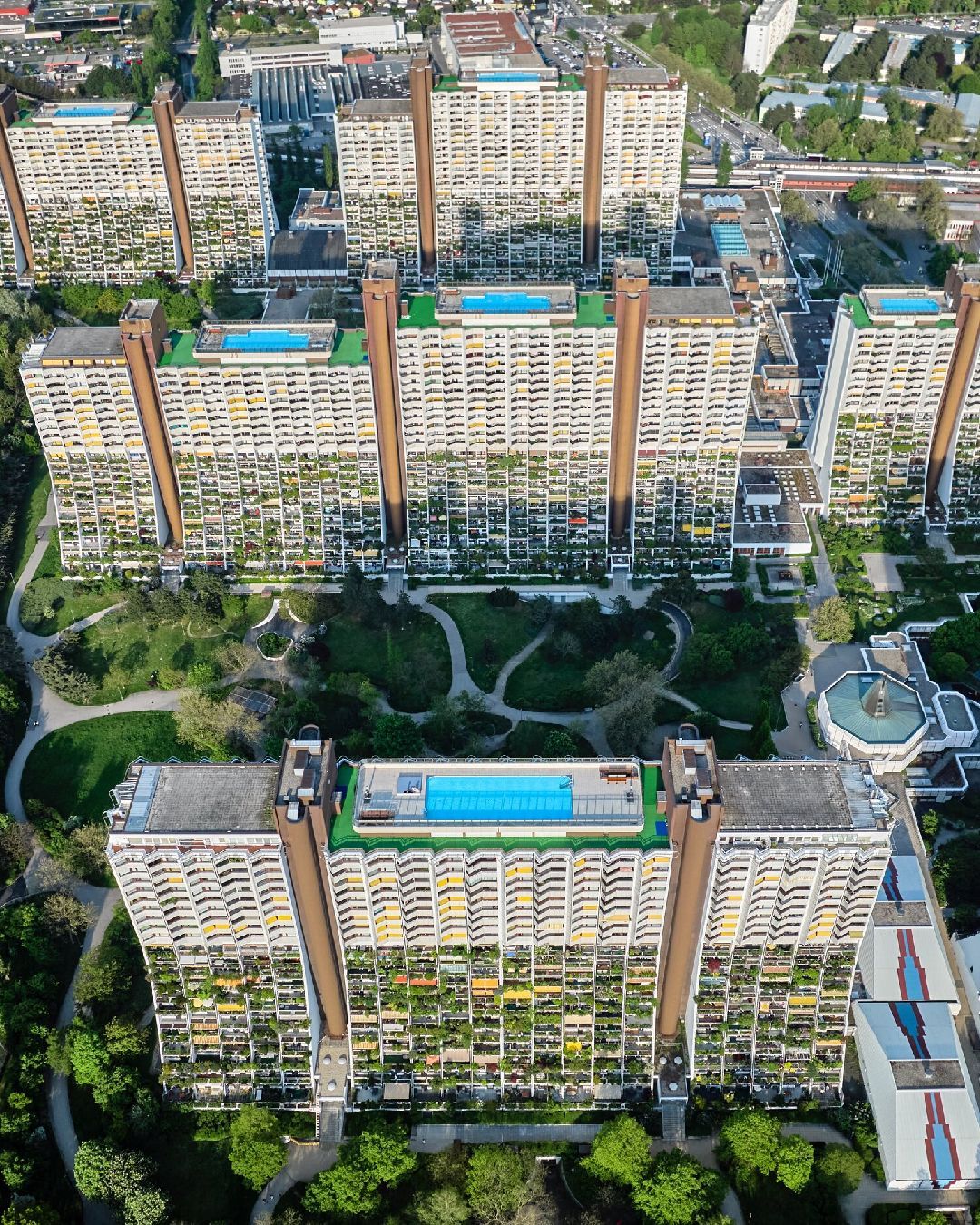
Against high rents, Milan should follow Vienna's example The Austrian capital is the only large city to have managed to avoid a housing crisis
In recent years, due to the exponential increase in rental costs, big cities have become less and less affordable for the middle class. In Milan, house prices have risen by 40 per cent since 2015, but the salaries of its inhabitants have increased by only five percentage points. In the Lombard capital, around half of the neighbourhoods are already no longer affordable for a family with an average income, making it the Italian city with the highest inequality in terms of income distribution. Similar dynamics can be found in other large centres - from Vancouver to Lyon, from Barcelona to Paris, to Lisbon. The only city that has managed to keep the speculation typical of real estate markets in large centres at bay is Vienna, and for this reason many other metropolises are taking notes from the Austrian capital. In addition to being efficient, clean and convenient for reaching the rest of the European continent, Vienna is so attractive also and above all because it has managed to make itself accessible to the less affluent. This is why for several years it has been considered one of the most liveable cities in the world, and other major centres are trying to figure out how to integrate some of its more virtuous approaches. Limiting the action of the free market on the real estate sector, implementing strict renting regulations, a well-developed social housing system (far from the stereotypical concept of 'public housing') and targeted investment in social housing: this is Vienna's formula against the high rents typical of large cities, and it has proved to be an exemplary model for many other metropolises, which will try to replicate it and make it their own in the near future.
Why house renting is cheaper in Vienna
Check out these public housing options in Vienna, where over 60% of their population live. pic.twitter.com/ycxrN80jIF
— screechop (@screechop) August 22, 2023
The system that has made Vienna an exception is based on a large number of measures, promoted over decades by both the local administration and the central government, aimed at guaranteeing what the country considers a fundamental right: the right to housing. For almost a century, in fact, state-of-the-art housing estates have been built in Vienna, but they are owned by the municipality - in the last forty years, between 3,000 and 5,000 housing units have been built per year. It is precisely the large supply of publicly subsidised flats ('social housing') that keeps rental costs low on the private market. In addition, whoever buys land in certain areas of the city is obliged by law to dedicate at least two thirds of new construction to social housing. Social housing units have lower rents than privately offered flats and are often of higher quality, also in terms of location - in the immediate vicinity, in fact, the city administration builds squares, kindergartens, schools of different grades and other public spaces. Another factor that keeps rents low in Vienna is their strict regulation. The government sets limits on rental rates and defines any increases so that they are fair and accessible to all income groups. This policy prevents excessive rent price increases, thereby stabilising the housing market.
How the Vienna model against high rents works
Vienna does not provide financial subsidies to people in need of housing, unlike many other large European cities, but rather finances social housing. Experts, in fact, believe that with that kind of subsidy, you basically end up spending public money to help people pay rents that are already too high in themselves, and which in any case will not tend to fall in the medium to long term. More than 40 per cent of the available houses in Vienna are 'insulated from the market,' i.e. the rental prices are in line with the actual construction and maintenance costs of the buildings, and are therefore safe from speculative bubbles. To qualify for Vienna's housing policy, one must have lived permanently in the city for at least two years and have an annual net income of no more than 53,000 euros alone, or 79,000 euros in two. Unlike public housing in other European countries, these are by no means restrictive criteria - suffice it to say that 75 per cent of Vienna's residents potentially qualify. In 2021, Viennese living in social housing spent - to pay rent and energy costs - an average of 22 per cent of their income (while those living in private homes slightly more, 26 per cent). In Milan, on the other hand, the cost of rent is 50 per cent higher than the average worker's salary. But the most significant fact, which confirms the validity of Vienna's real estate strategy, is that between 2010 and 2020 rents in European cities rose by 53 percentage points, while in the Austrian capital - thanks to these measures - they rose by just over 10 per cent, compensated however by an increase in salaries.














































